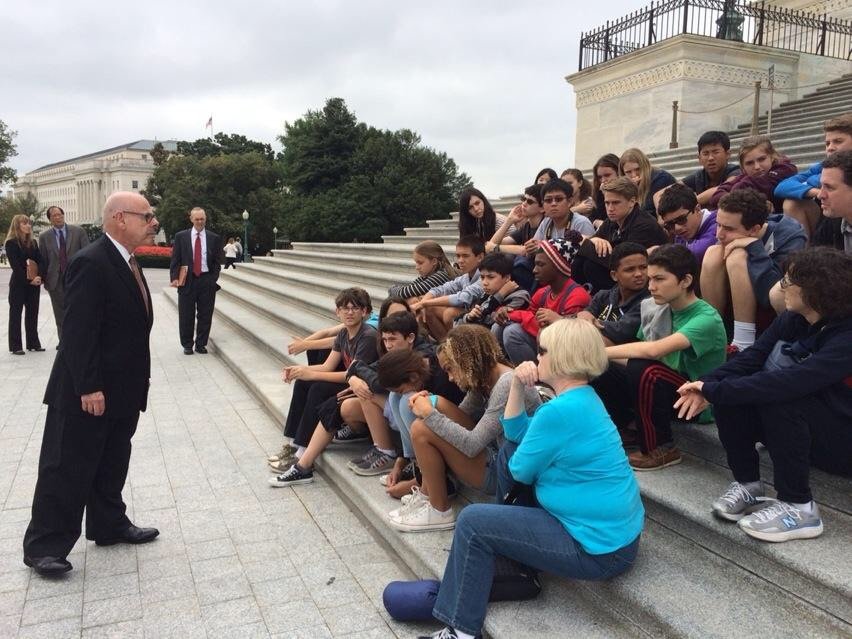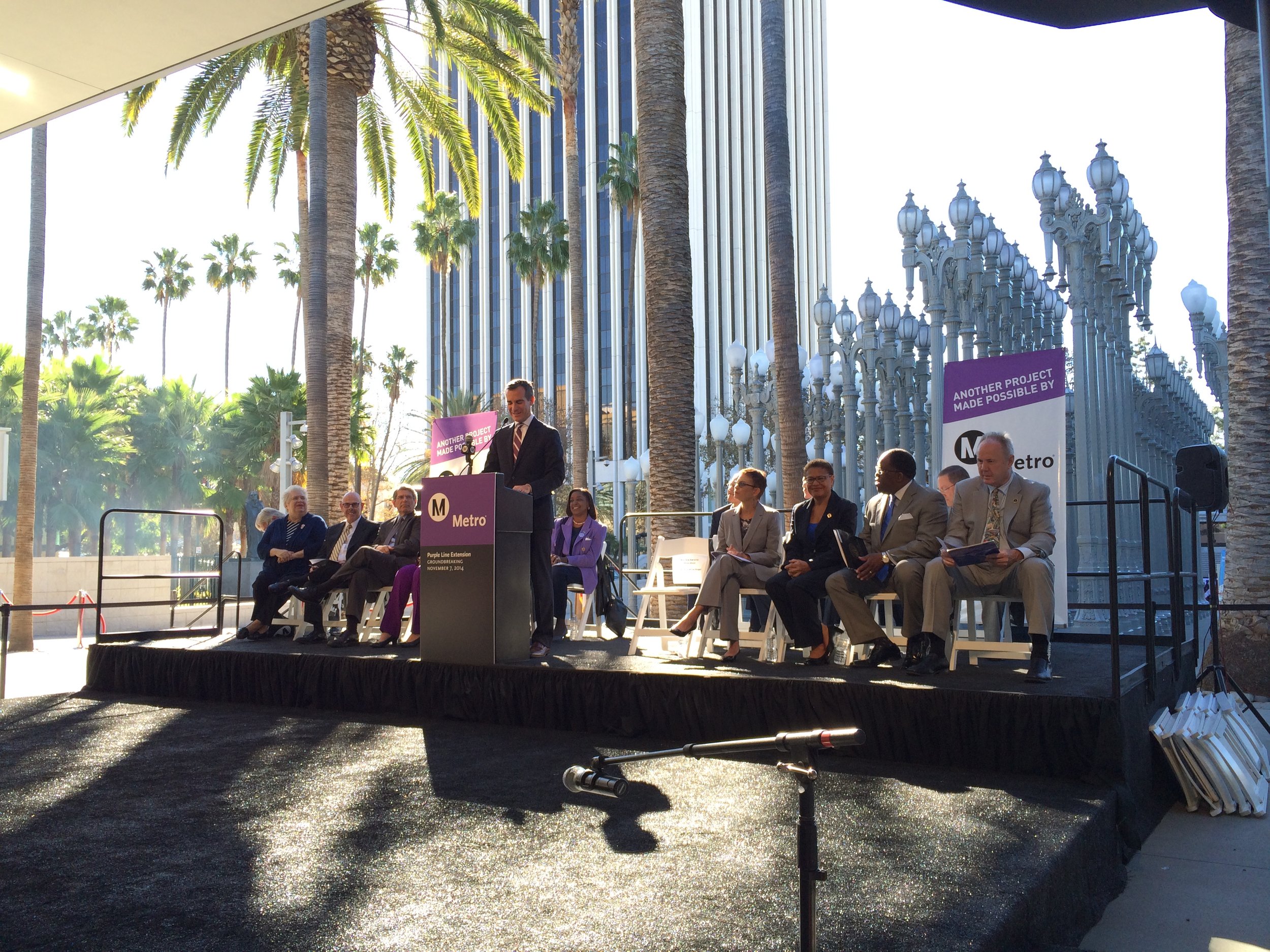Congressional Work Week
by Kitty Felde
What’s a typical work week for members of Congress?
(photo by Kitty Felde)
When Congress is in session and members are on Capitol Hill, there are early morning meetings, committee hearings, lunches with members of their own party, and often a quick walk over to their party’s fundraising headquarters where they can make phone calls to likely donors. They supervise their staff - usually half a dozen or a dozen people like Claudia who keep up on legislation, tackle constituent issues, answer phones and open the mail.
NOTE: if yours is the majority party in Congress, you get a bigger staff!
On most weeks, leadership schedules the first votes for Monday at 6:30 pm. That gives most members enough time to fly into Washington from their home districts across the country. The last votes of the week are usually scheduled for early Thursday afternoon to allow lawmakers to fly home to their districts. The official Congressional calendar describes those days back home as a “District Work Period.”
Back home, members of Congress meet with constituents at parades, town halls, and various “meet and greets.” On the left, that’s former Congressman Henry Waxman talking to a group of eighth graders.
Lawmakers often appear at events where federal dollars were spent on local projects. In the center photo, Former Congresswoman (and current L.A. Mayor) Karen Bass joins former Mayor Eric Garcetti at a groundbreaking ceremony for a new mass transit line.
Members often make themselves available to the media, appearing on the Sunday talk shows, talking to local reporters, even appearing on podcasts. On the right, that’s Congressman Mark Takano appearing on the Book Club for Kids podcast.
They also meet with staff members who work out of their district office.
And then there’s an election year…
In the fall, instead of working on legislation, members of Congress are back home, trying to persuade voters to send them back to Washington for another term.
Senators run for re-election every six years; House members run every other year.
That means they are fundraising, meeting with voters, creating campaign ads, and coordinating with state and national parties to get out the vote.
August in D.C.
(photo courtesy of U.S. Senate)
The tradition began in 1791, long before there was air conditioning, when anyone who could, would escape Washington D.C. during the worst of the heat and humidity.
In the 1960’s jets made cross country travel easier and lawmakers would fly back and forth every week. Younger lawmakers lobbied older members to let them go home to spend time with their families. Senate Historian Don Ritchie says members were “looking for regularity and wanted to be able to promise their families in January that they could have an August vacation,” It became law in 1970.
The law allows lawmakers to vote to push back the recess if there’s urgent business.
Want more Facts Behind the Fiction?
Here’s the fiction inspired by the facts:
In Episode 15 of The Fina Mendoza Mysteries, Papa complains about work.
PAPA: “Seems like everybody’s yelling at me these days.”
Sounds like Congress as a whole lately. Maybe that’s why they’re out of town.






